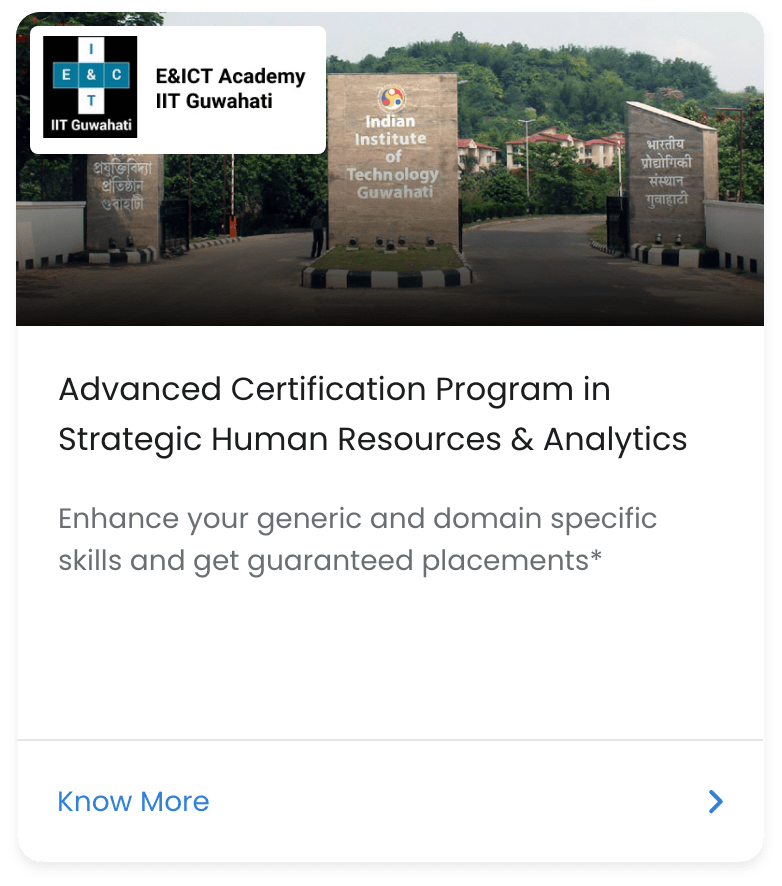Introduction to The Future of Work
As organizations navigate the complexities of the modern workplace, traditional performance management practices are increasingly being questioned. The need for a more adaptable, responsive approach has led to the rise of a framework that emphasizes flexibility, continuous feedback, and employee empowerment. In this blog, we’ll delve into the concept of agile performance management, its impact on the future of work, and effective strategies for implementation.
Understanding Agile Performance Management
Agile performance management is an innovative approach that shifts away from annual reviews and rigid assessment methods. Instead, it focuses on ongoing conversations about performance, development, and alignment with organizational goals. This model fosters a culture of transparency and collaboration, allowing organizations to remain nimble in the face of change.
Why It Matters: In a rapidly changing business landscape, organizations need to be able to adapt quickly. It provides the tools necessary for this adaptability, ensuring employees are continuously engaged and aligned with company objectives.
Key Components of Agile Performance Management
1. Continuous Feedback Loop
It thrives on a continuous feedback loop, where employees receive regular input on their performance. This proactive approach helps individuals address challenges and seize opportunities for growth.
2. Collaborative Goal Setting
In agile performance management, goal setting is a shared process. Employees collaborate with their managers to establish clear, achievable objectives that align with organizational goals, fostering a sense of ownership and accountability.
3. Focus on Development
Rather than solely evaluating past performance, it emphasizes employee development. This approach encourages individuals to acquire new skills and knowledge, enhancing their contributions to the organization.
4. Data-Driven Insights
Utilizing technology to gather data on performance metrics enables organizations to make informed decisions. These insights help identify trends, areas for improvement, and potential skill gaps within teams.
5. Recognition and Rewards
Agile performance management includes recognizing and rewarding employees for their achievements and contributions. Celebrating successes fosters a positive work environment and motivates employees to excel.
Benefits of Agile Performance Management
1. Enhanced Employee Engagement
By prioritizing continuous feedback and development, agile performance management leads to higher levels of employee engagement. Employees who feel valued and supported are more likely to be committed to their work.
2. Improved Performance Outcomes
Regular check-ins and feedback help employees stay on track with their goals, leading to improved performance outcomes. The iterative nature of this approach allows for adjustments that enhance overall effectiveness.
3. Greater Flexibility and Adaptability
It equips organizations to respond quickly to changes in the business environment. Teams can pivot as needed, ensuring alignment with evolving priorities and goals.
4. Stronger Relationships Between Managers and Employees
Continuous communication fosters stronger relationships between managers and their teams. This trust and openness lead to a more collaborative work environment.
5. Attraction and Retention of Top Talent
Organizations that adopt agile performance management practices are often more attractive to top talent. A commitment to employee development and engagement is a strong selling point for prospective hires.
Strategies for Implementing Agile Performance Management
1. Educate and Train Leaders
Invest in training programs for managers to develop their skills in providing effective feedback and facilitating meaningful conversations about performance and development.
2. Adopt Technology Solutions
Utilize performance management tools that support agile practices, enabling real-time feedback, goal tracking, and data analytics to enhance decision-making.
3. Encourage Regular Check-Ins
Establish a culture of regular one-on-one meetings between managers and employees. These discussions should focus on progress, challenges, and adjustments to goals.
4. Promote a Growth Mindset
Foster a culture that encourages continuous learning and development. Emphasizing the importance of skill acquisition and adaptability will benefit both employees and the organization.
5. Celebrate Achievements
Create a recognition program that acknowledges both individual and team accomplishments. Celebrating successes reinforces a positive culture and motivates ongoing performance.
Also read, Mastering Skills-Based Talent Acquisition: Strategies For Superior Hiring Outcomes
Conclusion
Agile performance management is more than just a trend; it represents a fundamental shift in how organizations approach employee development and performance evaluation. By embracing continuous feedback, collaborative goal setting, and a focus on development, businesses can create a more engaged, adaptable, and high-performing workforce. As the future of work continues to evolve, it will be essential for organizations striving to remain competitive and relevant.
Frequently Asked Questions
Agile Performance Management is a modern approach that emphasizes continuous feedback, collaborative goal setting, and employee development rather than traditional annual performance reviews.
This approach enhances employee engagement, promotes ongoing development, and fosters stronger relationships with managers, leading to increased job satisfaction and productivity.
Key components include continuous feedback loops, collaborative goal setting, a focus on development, data-driven insights, and recognition and rewards.
Organizations can implement agile performance management by educating leaders, adopting technology solutions, encouraging regular check-ins, promoting a growth mindset, and celebrating achievements.
Continuous feedback allows for real-time adjustments to performance and development, enabling employees to address challenges promptly and improve their contributions.
By adopting agile performance management, organizations can not only enhance their performance evaluation processes but also build a more engaged and resilient workforce that is prepared for the challenges of the future.











